



Do you have a question about the Olympus E-500 - EVOLT Digital Camera and is the answer not in the manual?
Explains basic shooting modes like AUTO, Portrait, Landscape, etc.
Details the camera's control screen and how to adjust settings.
Details creative and scene modes for various shooting situations.
Covers manual controls like Program, Aperture/Shutter Priority, and Manual modes.
Covers flash modes, red-eye reduction, slow sync, and fill flash.
How to choose the AF point (auto, left, center, right).
Explains S-AF, C-AF, MF, and their combined modes.
How to adjust exposure compensation for brighter or darker images.
Explains auto, preset, custom, and fine-tuning white balance settings.
Guide to installing and using Olympus Master software for image management.
Steps for connecting the camera to a computer via USB.
| Sensor Type | CCD |
|---|---|
| Effective Pixels | 8 megapixels |
| Lens Mount | Four Thirds |
| LCD Screen Size | 2.5 inches |
| Viewfinder Type | Optical (pentamirror) |
| Max Resolution | 3264 x 2448 |
| Image Ratio w:h | 4:3 |
| Sensor Size | 17.3 x 13.0 mm |
| Focal Length Multiplier | 2x |
| Articulated LCD | No |
| Screen Dots | 215, 250 |
| Max Shutter Speed | 1/4000 sec |
| Min Shutter Speed | 60 sec |
| WB Presets | 7 |
| Continuous Drive | 2.5 fps |
| USB | USB 2.0 |
| Weight | 435 g (body only) |
| Image Processor | TruePic TURBO |
| Continuous Shooting | 2.5 fps |
| Storage Media | CompactFlash (Type I or II) |
| Battery Type | Lithium-Ion rechargeable battery |
| Camera Type | DSLR |
| Metering Modes | Center-weighted, Spot |
| Exposure Compensation | ±5 EV (1/3, 1/2 EV steps) |
| Self-timer | Yes |
| Dimensions | 130 x 95 x 66 mm |
| ISO Sensitivity | 100-400 (expandable to 1600) |
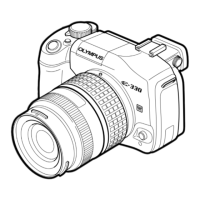
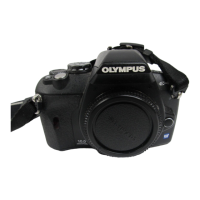
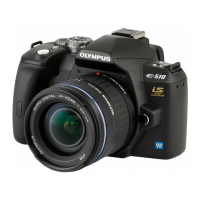


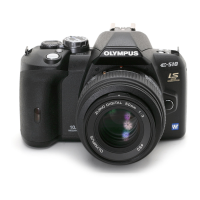
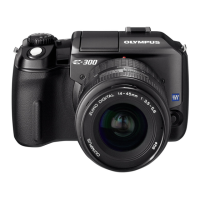


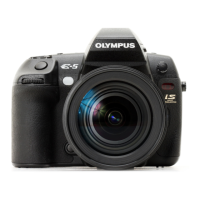

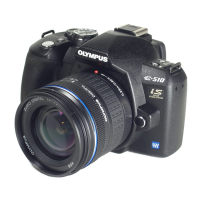
